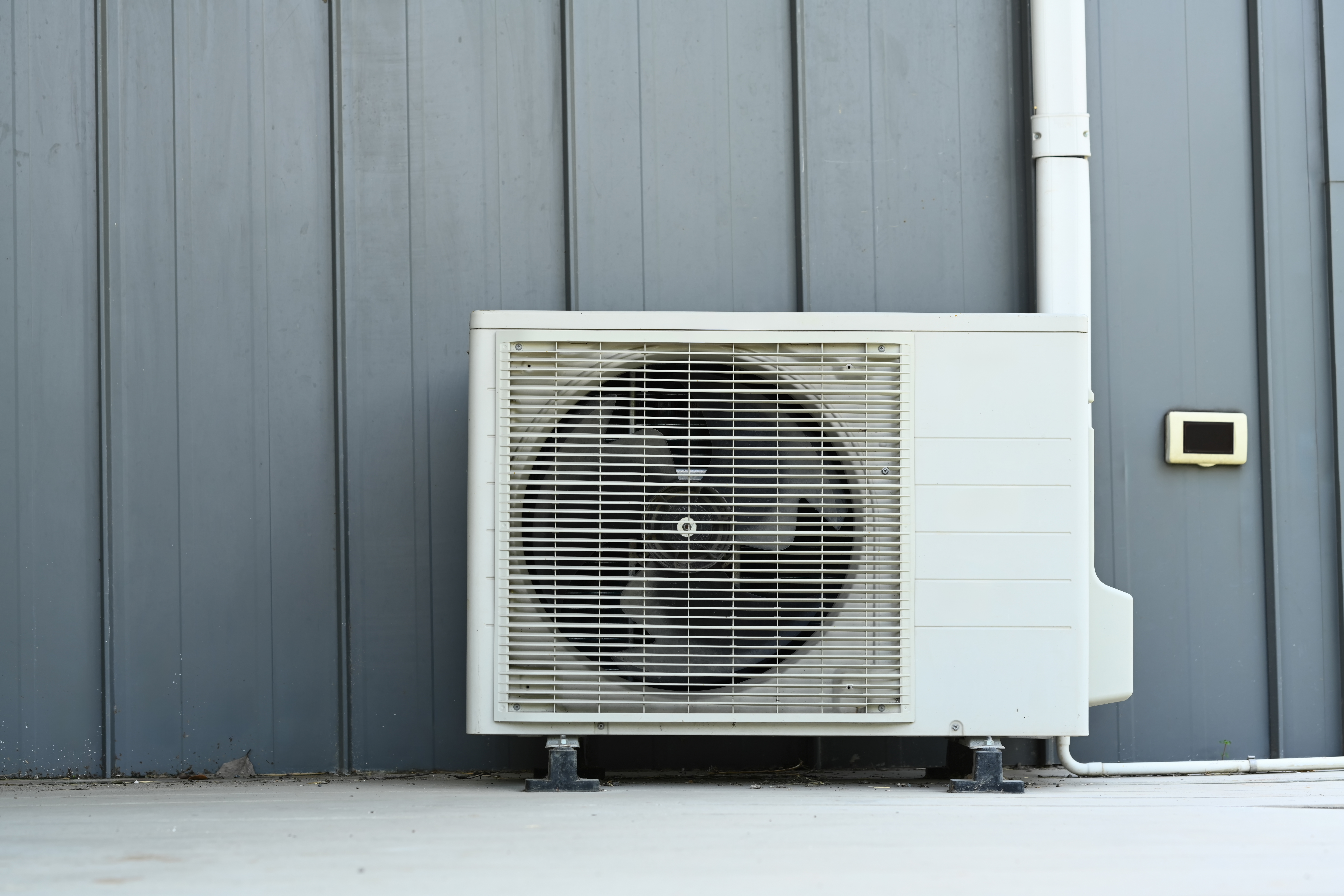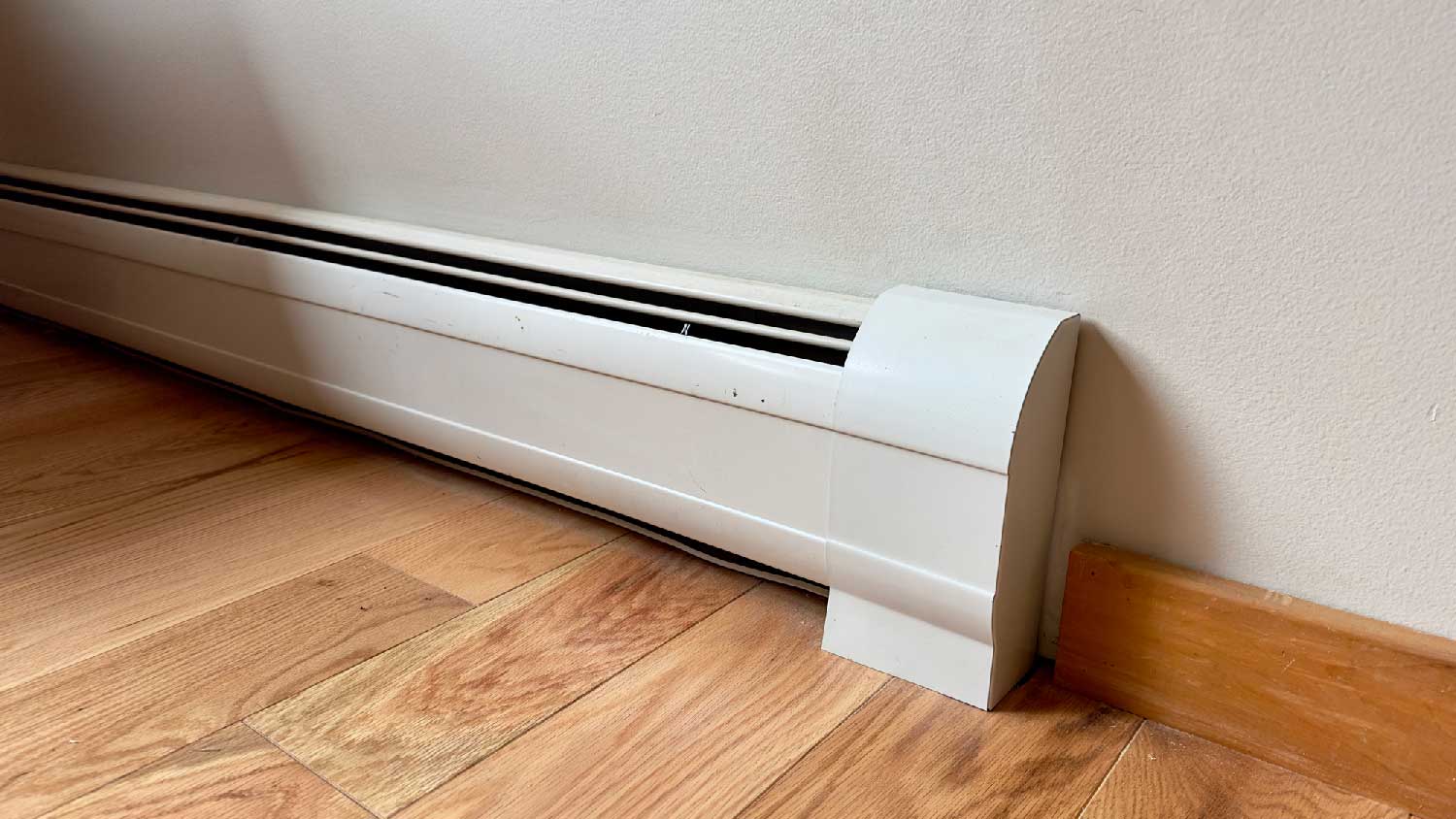
The average boiler installation cost depends on size, system type, and other factors. Keep reading to learn the cost of a new boiler in New York City.
In New York, replacing an air conditioner costs $4,874 to $10,044, with most people paying about $7,249. An HVAC pro can estimate your total cost based on the type and size of your AC unit.


The type and size of your AC unit affect your AC replacement costs in New York, New York.
Your air conditioner’s SEER rating will also influence the price of this project.
Labor, permits, and sales tax are other expenses involved in replacing an AC unit in New York.
AC replacement costs in New York, New York, range from $4,874 to $10,044, with an average cost of $7,249. Your price will depend on a handful of factors, including the type of AC unit and its SEER rating. This guide breaks down those costs so you can start budgeting for your AC replacement in the Big Apple.
There are multiple types of air conditioners on the market, ranging in size, efficiency, and price. Here’s how the AC unit you choose will affect your costs.
When replacing an air conditioner in New York, one of the biggest cost factors is the type of AC unit. If you’re on a tight budget or live in a small apartment, you could go with a window AC unit, which starts around $150. If you need something more powerful (and already have ductwork or the budget to install it), you might opt for central AC, which runs between $2,500 and $4,500.
| AC Type | Average Unit Cost | Pros | Cons |
|---|---|---|---|
| Portable unit | $100–$500 | Easy DIY installation | Limited cooling range |
| Window unit | $150–$800 | Doesn’t take up floor space | Partially blocks your window |
| Ductless split system | $2,000–$3,000 | No ductwork necessary | Expensive installation |
| Central | $2,500–$4,500 | Cools large spaces | Requires ductwork and outdoor space |
An AC unit’s size refers to its cooling capacity—or its ability to remove heat from your space. When shopping for air conditioners in New York, you’ll see sizes listed in tons or British Thermal Units (BTUs). With either metric, larger numbers equate to better cooling capacity (and higher prices).
To figure out the right size AC for your home, your installer will use a Manual J calculation. This complex formula takes numerous factors into account, including your property’s square footage, the condition of your ductwork and insulation, and the number of windows you have (just to name a few).
| AC Tonnage | BTUs | Average Unit Cost |
|---|---|---|
| 1.5 | 18,000 | $1,300–$4,000 |
| 2 | 24,000 | $1,500–$5,000 |
| 3 | 36,000 | $2,000–$5,500 |
| 4 | 48,000 | $2,600–$6,200 |
| 5 | 60,000 | $2,800–$6,800 |
In addition to your AC unit’s type and size, its energy efficiency rating also influences how much it costs. An AC’s efficiency is represented by its Seasonal Energy Efficiency Ratio (SEER) or SEER2 rating. Units with higher SEER or SEER2 ratings use less energy to cool your space, so they’re better for the environment and your wallet—but they also cost more upfront.
Before purchasing a new air conditioner, make sure it meets New York’s minimum HVAC efficiency standards: 14 SEER or 13.4 SEER2.
When replacing an air conditioner in New York, accessibility can be an issue. For example, since the city has restrictions on installing window AC units in street-facing windows, you may need to mount your AC’s outdoor unit on your building’s roof. In situations like these, your AC installer will need additional time and safety equipment to work on the unit—which can bump up your labor costs.

In addition to the above factors, there are a few other things to consider when calculating the cost of replacing AC in New York, including professional installation and permit fees.
You may be able to set up a window AC unit on your own, but you should check with your building management beforehand. Some buildings in New York require you to use special mounting equipment or hire a pro for window AC installation.
For larger systems (like ductless mini-splits and central AC), you’ll need a qualified HVAC pro in New York. There is no statewide HVAC license here, but the New York City Fire Department (FDNY) has a certification program for people who work with refrigerants in New York City.
Additionally, your installer should be certified by the Environmental Protection Agency (EPA) to handle refrigerants. To make sure you’re hiring an experienced technician, you can also seek out HVAC professionals with a North American Technician Excellence (NATE) certification.
In New York, you need an Equipment Use Permit (PW-4) to install an air conditioner over three tons or 36,000 BTUs. Depending on the specifics of your AC unit, you may also need a Refrigerating System Permit from the FDNY, which costs $105 per compressor.
New York City’s combined sales tax rate is 8.875%. This can increase your AC replacement costs by several hundred dollars, depending on the type of unit you choose. The sales tax on a $2,400 ductless mini-split system, for example, would be $213.
New York summers are hot and muggy, so having an upgraded AC can be a strong selling point—especially for buyers who are spending several million dollars on a new home (which is common in New York). At that price point, house hunters will expect certain luxuries, which often include air conditioning.
However, air conditioning isn’t a year-round necessity in New York. To stay comfortable in the colder months, you (and prospective buyers) will also want a good heating system. If you’re thinking about replacing your AC, it might make sense to upgrade your boiler or furnace as well—or even install a heat pump to provide both heating and cooling. By going this route, you could improve the resale value of your home by 5% to 7%.
Home is the most important place on earth, which is why Angi has helped more than 150 million homeowners transform their houses into homes they adore. To help homeowners with their next project, Angi provides readers with the most accurate cost data and upholds strict editorial standards. We’ve surveyed thousands of real Angi customers about their project costs to develop the pricing data you see, so you can make the best decisions for you and your home. We pair this data with research from reputable sources, including the U.S. Bureau of Labor Statistics, academic journals, market studies, and interviews with industry experts—all to ensure our prices reflect real-world projects.
Want to help us improve our cost data? Send us a recent project quote to [email protected]. Quotes and personal information will not be shared publicly.
From average costs to expert advice, get all the answers you need to get your job done.

The average boiler installation cost depends on size, system type, and other factors. Keep reading to learn the cost of a new boiler in New York City.

Discover the factors influencing air duct replacement cost in New York City. Learn how to save money and make an informed decision for your home's comfort.

You’ll spend an average of $5,466 on new furnace costs in New York, New York, but your final price depends on a number of factors. Here’s what to expect.

Discover the average wall heater installation cost, key price factors, and expert tips to help you budget and save on your next home heating project.

When you notice hot and cold zones in your home, it pays to learn how to balance airflow in your ducts to even out the temperature.

Who installs whole-house humidifiers? Learn more about hiring a licensed HVAC technician to install a whole-house humidifier.